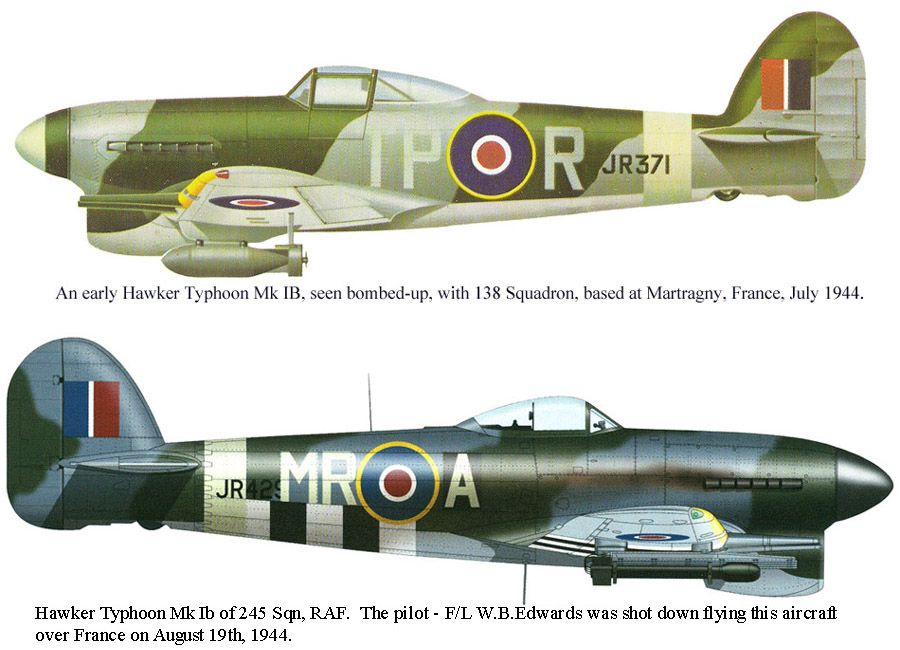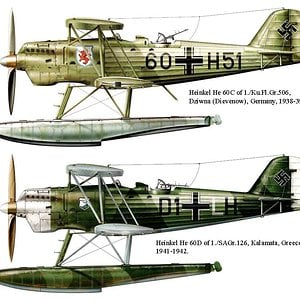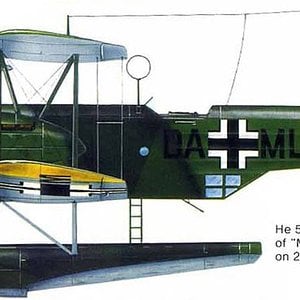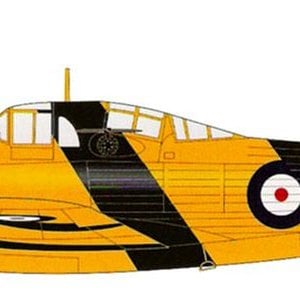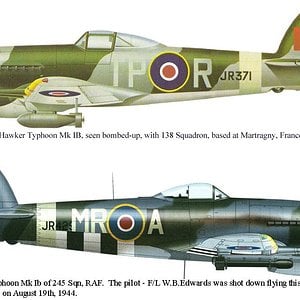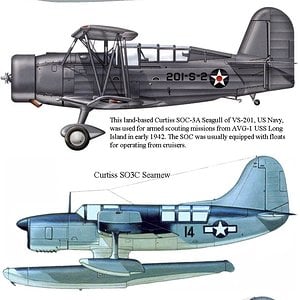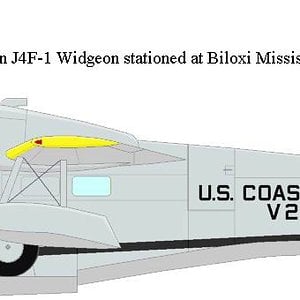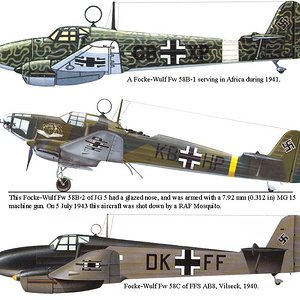Navigation
Install the app
How to install the app on iOS
Follow along with the video below to see how to install our site as a web app on your home screen.
Note: This feature may not be available in some browsers.
More options
You are using an out of date browser. It may not display this or other websites correctly.
You should upgrade or use an alternative browser.
You should upgrade or use an alternative browser.
The Hawker Typhoon IA production aircraft began to enter RAF service in September 1941, and went into action in the summer of 1942. Initial usage proved a great disappointment, with unsatisfactory high-altitude performance, inferior rate of climb and frequent engine breakdowns. When structural failure of the tail unit caused a number of fatal accidents it was suggested that the Typhoon should be withdrawn from service. Fortunately its superb low-level performance ensured that fast action was taken to overcome the shortcomings, and introduction of the Sabre II engine brought improved reliability.
Typhoon IA were armed with 12 x 7.7mm Browning machine-guns, but the bomb-dropping, cannon-firing or rocket-firing Typhoon IB became 'train-busters' and, with the invasion of Europe, proved to be a valuable component of the 2nd Tactical Air Force. Utilised on a 'cab-rank' system, under which Typhoons on standing patrol could be called in from the ground for tactical close support of army formations, they decimated the enemy's Panzer divisions. Indeed, the Typhoon's fire-power was sometimes compared with that of a broadside from a cruiser, and was sufficient to penetrate the most heavily armoured tanks.
A total of 3,330 Typhoons were produced for the RAF, but by the end of 1945 none remained in front-line service.
Info: Aviastar
http://www.aviastar.org/index2.html
Profiles:
Fighting Aircraft of World War II
Published by Salamander Books.
Wings Palette
http://wp.scn.ru/en/
Typhoon IA were armed with 12 x 7.7mm Browning machine-guns, but the bomb-dropping, cannon-firing or rocket-firing Typhoon IB became 'train-busters' and, with the invasion of Europe, proved to be a valuable component of the 2nd Tactical Air Force. Utilised on a 'cab-rank' system, under which Typhoons on standing patrol could be called in from the ground for tactical close support of army formations, they decimated the enemy's Panzer divisions. Indeed, the Typhoon's fire-power was sometimes compared with that of a broadside from a cruiser, and was sufficient to penetrate the most heavily armoured tanks.
A total of 3,330 Typhoons were produced for the RAF, but by the end of 1945 none remained in front-line service.
Info: Aviastar
http://www.aviastar.org/index2.html
Profiles:
Fighting Aircraft of World War II
Published by Salamander Books.
Wings Palette
http://wp.scn.ru/en/

